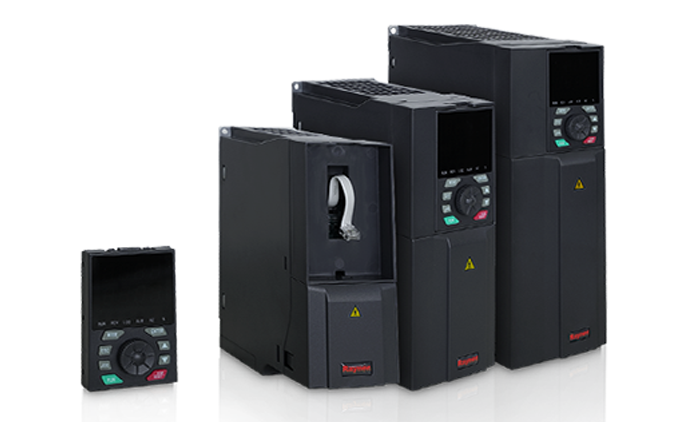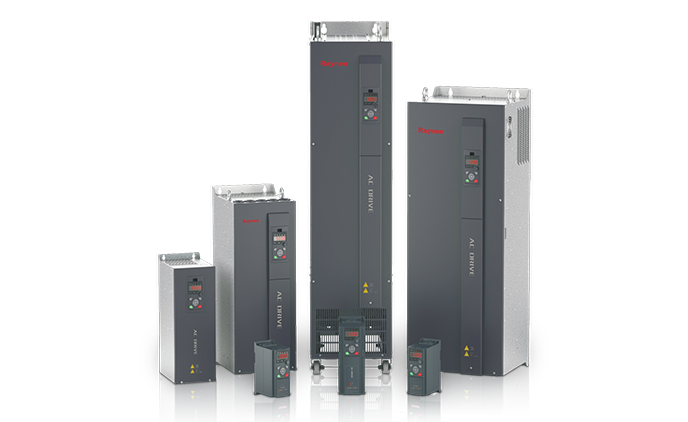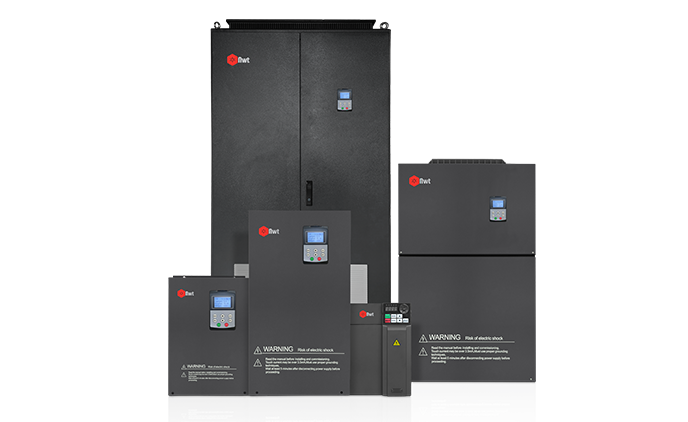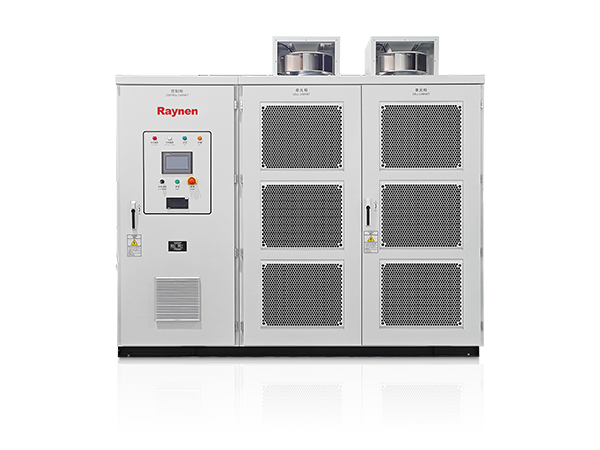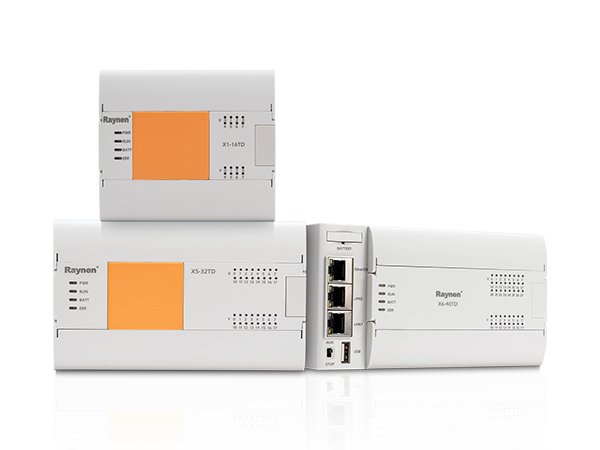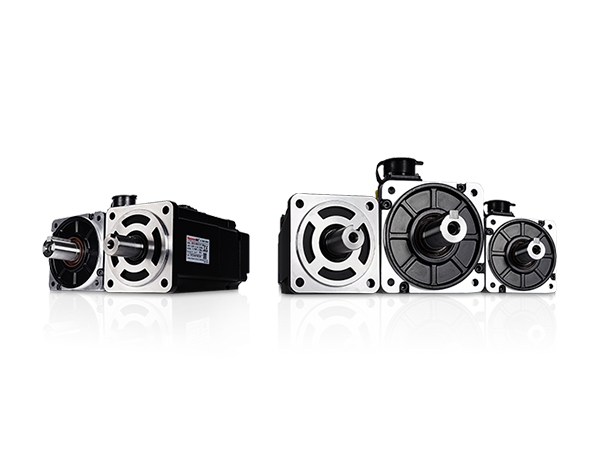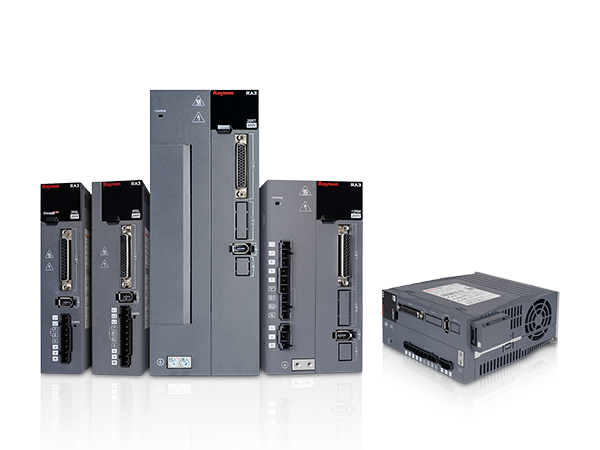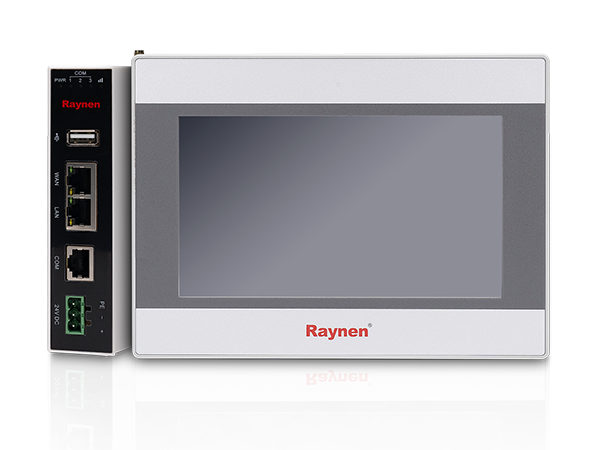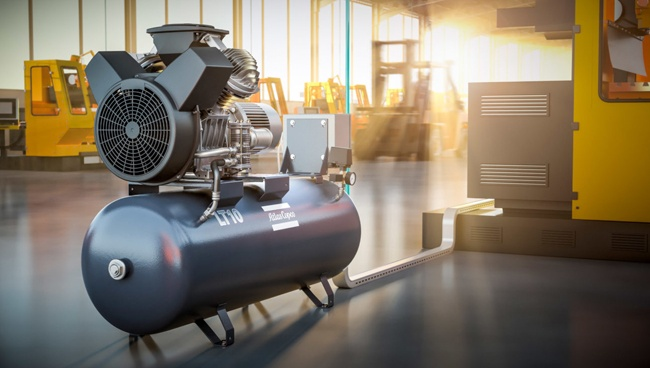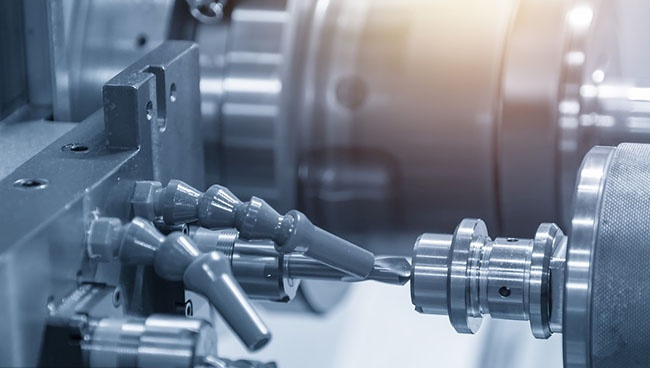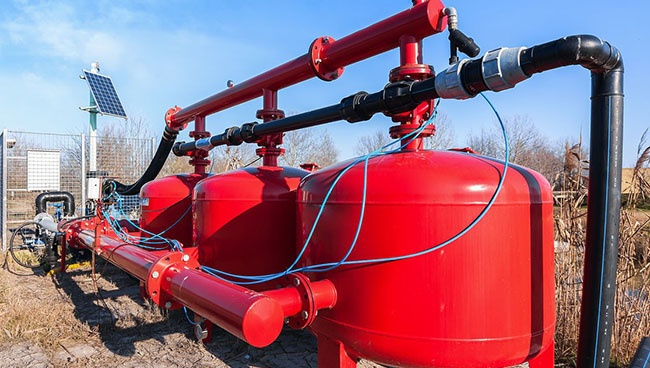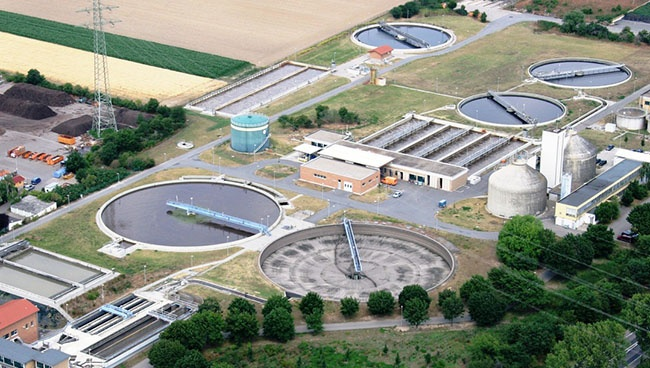1.Introduction to AC Drives (Variable Frequency Drives) In the realm of modern industrial control an......
READ MOREProgrammable Logic Controllers: The Backbone of Industrial Automation
A Programmable Logic Controller (PLC) is an industrial digital computer that has been ruggedized and adapted for the control of manufacturing processes, such as assembly lines, robotic devices, or any activity that requires high reliability, ease of programming, and fault diagnosis. They are indispensable components in virtually all modern automated industrial operations, acting as the brain for electromechanical processes.
The Core Function and Architecture
At its heart, a Programmable Logic Controller is designed to monitor inputs from sensors and other field devices, execute user-defined logic, and subsequently control outputs to actuate devices like motors, valves, and lights. This operation happens in a continuous, high-speed cycle known as the scan time.
The basic architecture of a typical PLC includes four primary components:
- Processor (CPU): This is the core unit that stores and runs the control program, performs logic, communications, and arithmetic operations.
- Memory: Stores the control program, I/O status, and data.
- Power Supply: Provides the necessary DC power to the internal components.
- Input/Output (I/O) Modules: These modules form the interface between the PLC and the real world. Input modules convert real-world signals (e.g., from limit switches, temperature sensors) into logic signals the CPU can understand. Output modules convert the CPU’s logic signals back into real-world signals to drive actuators.
Programming and Logic
The most common programming language for the Programmable Logic Controller is Ladder Diagram (LD), which is based on traditional electrical relay logic and is highly intuitive for electrical engineers and technicians. However, modern PLCs also support other standardized languages defined by IEC 61131-3, including:
- Structured Text (ST): A high-level, textual language similar to Pascal.
- Function Block Diagram (FBD): A graphical language that uses connected blocks to represent logic functions.
- Instruction List (IL): A low-level, assembly-like language.
- Sequential Function Chart (SFC): A graphical method for structuring programs for sequential control processes.
The control logic created in these languages dictates how the Programmable Logic Controller responds to specific input conditions, providing the precise control necessary for complex machinery and production flows.
Evolution and Modern Capabilities
The early Programmable Logic Controller replaced hard-wired relay systems, offering flexibility and reduced downtime. Today’s PLCs have evolved significantly, now possessing advanced features such as:
- Integrated Communication: They support standard industrial protocols like EtherNet/IP, PROFINET, and Modbus, facilitating seamless integration into broader enterprise networks and the Industrial Internet of Things (IIoT).
- High-Speed Processing: Enhanced processing power allows for extremely fast scan times, crucial for high-precision, motion-control applications.
- Scalability: Modern systems often feature modular, rack-based designs, allowing users to easily expand the number of I/O points and processing power as industrial requirements grow.
- Integrated Safety Functions: Many contemporary PLCs now incorporate safety-rated hardware and software, meeting stringent international safety standards (e.g., SIL/PL) for machine safety applications.
The capabilities of the modern Programmable Logic Controller ensure reliable, efficient, and increasingly smart operation across all sectors of manufacturing and process control, solidifying its role as a foundational technology in the era of Industry 4.0.

 English
English Español
Español عربى
عربى

